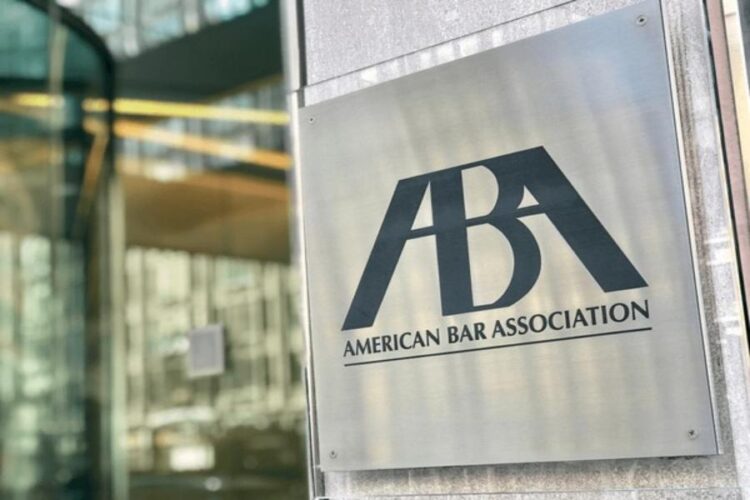The term “bar” in bar association has a rich history and multiple meanings. But what does bar stand for in this context? Essentially, the word “bar” refers to the legal profession, originating from the physical barrier in courtrooms that separated lawyers and judges from the public. Over time, the term evolved to encompass the profession as a whole, and bar associations were formed to support lawyers, promote justice, and serve the community. Understanding the meaning behind the “bar” in bar association provides insight into the legal profession’s values and traditions.
A Brief History of the Term “Bar”
The word “bar” has its roots in the physical layout of courtrooms in the past. In medieval England, courts had a literal wooden or stone barrier that separated the judge, lawyers, and litigants from the rest of the courtroom. This physical bar marked the dividing line between those directly involved in the trial and the general public.
Over time, the term “bar” became associated with the legal profession itself. To be “called to the bar” meant that a lawyer was qualified to practice law and appear in court. This phrase originated from the physical bar in courtrooms, where lawyers would stand to plead cases.
The Evolution of the Term “Bar”
As the legal profession evolved, so did the meaning of the term “bar.” Today, the word “bar” encompasses a range of concepts, including:
- The profession of law: The term “bar” is often used to refer to the legal profession as a whole.
- The courtroom: The physical bar in courtrooms still exists in many jurisdictions, separating the judge, lawyers, and litigants from the public.
- Admission to practice law: To be “admitted to the bar” means that a lawyer has met the necessary qualifications and requirements to practice law in a particular jurisdiction.
What is a Bar Association?
A bar association is an organization of lawyers that aims to promote the interests of the legal profession, support lawyers in their practice, and advocate for justice and the rule of law. Bar associations can be found at the local, state, national, or international level, and they play a vital role in the legal ecosystem.
Types of Bar Associations
There are several types of bar associations, each with its unique characteristics and purposes. Some common types of bar associations include:
- Mandatory Bar Associations: Membership is required for lawyers to practice law in a particular jurisdiction.
- Voluntary Bar Associations: Membership is optional, and lawyers can choose to join or not.
- Specialty Bar Associations: Focus on specific areas of law, such as family law or intellectual property law.
- Local Bar Associations: Serve lawyers and the legal community in a specific geographic area.
The Role of Bar Associations
Bar Associations play a crucial role in supporting lawyers, promoting justice, and serving the community. Some of the key functions of bar associations include:
- Advocacy: Representing the interests of the legal profession and advocating for justice and the rule of law.
- Education: Providing continuing education opportunities for lawyers to stay up-to-date with the latest developments in the law.
- Community engagement: Supporting community initiatives and promoting pro bono work among lawyers.
- Professional development: Offering resources and support for lawyers to develop their skills and advance their careers.
Conclusion
The word “bar” in bar association is more than just a term — it represents a rich history, a profession, and a community of lawyers dedicated to promoting justice and the rule of law. By understanding the meaning and significance of the term “bar,” we can appreciate the importance of bar associations in the legal ecosystem. Whether you’re a lawyer or simply interested in the law, bar associations play a vital role in shaping the legal profession and serving the community.










